Meet the photographer who captures the beauty of birds’ flight paths
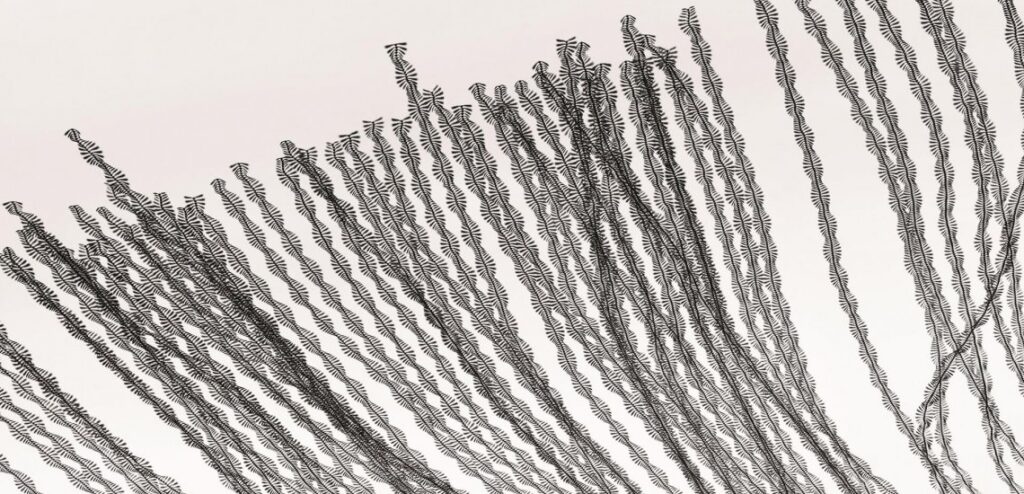
Xavi Bou’s stunning art encourages us to see birds, and life, from a different perspective. We interview the Barcelona-based photographer who uses the sky as his canvas to reveal the beauty of flight.
By Mireia Peris
Xavi Bou is a bird photographer who doesn’t take pictures of birds. He takes pictures of flight. And in doing so, his stunning artworks ask us to think beyond the pure beauty of birds’ movements. Unlike other forms of motion analysis, which take a purely scientific approach, Ornithographies combines science with art, moving away from early chronophotography techniques used by photographers such as Etienne-Jules Marey or Eadweard Muybridge. Seeking a balance between information and inspiration, Ornithographies is a project of nature discovery and, at the same time, an exercise of visual poetry.
First of all, why birds?
My grandfather shared his passion for nature with me from when I was a little boy. He used to take me on his daily birdwatching walks in the Delta del Llobregat, and taught me about birds and wildlife.
About eight years ago, I saw a paw print while hiking in a forest in Catalonia and I asked myself: “What kind of tracks would birds leave while flying?” I started imagining lines and shapes while they soared through the sky, and thought: “How can I make the invisible visible?”
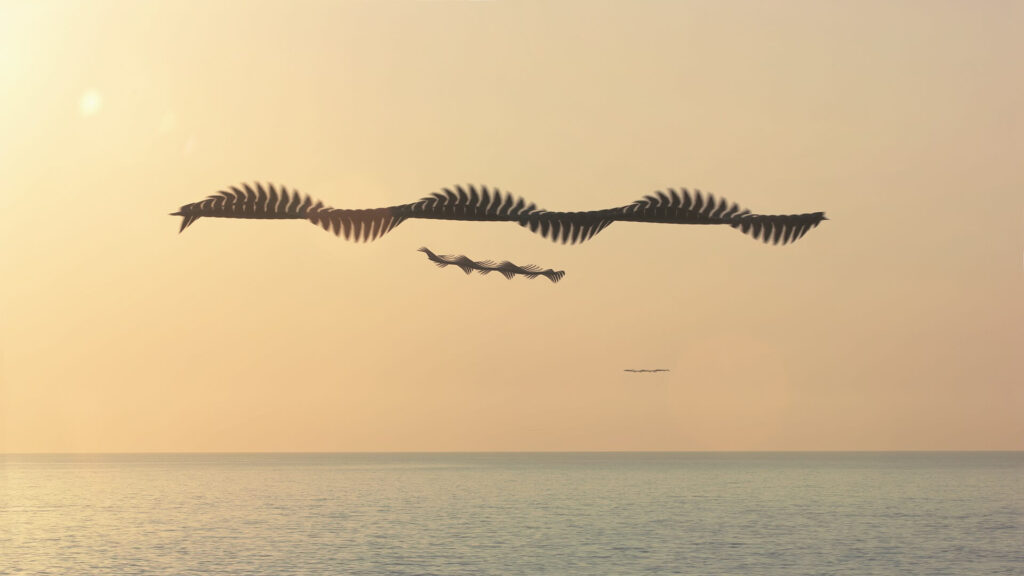
How did Ornithographies start?
I was filming a couple of seagulls flying around the boat on a SEO/BirdLife birdwatching trip along the Catalan coast. While editing the video, I noticed the wave patterns they made with their wings, and I was mesmerised. We could say that was my ‘eureka moment’: after a decade of trying to find an inspiring personal project that was firmly linked to something I was passionate about, I had found it. And Ornithographies was born.
I did not want to take conventional wildlife pictures. Alongside my scientific career, I come from an advertising and artistic background, so I enjoy experimenting with the process and wanted to offer something innovative. I believe that, in the artistic arena, we need to be inventive and not anchored to the past or to established art forms.
Preparing the project involved more than five years of trial, error and technical study. I discovered that I needed to record the birds with high resolution cinema cameras and knit thousands of photographs into one image to achieve the desired effect. My technique, despite being digital, resembles analogue photography in that I can’t see the final result until the end of the process. Once I understood the methodology, I focused on birds and their different flight patterns.
How did you feel at the beginning, when everything was new?
During the early years I was in a constant state of discovery and fascination – and I still am, as birds constantly surprise me. I remember going to Aiguamolls de l’Emporda – a popular destination for birdwatching trips in the northeast of Spain – on a very hot summer day and spotting a group of storks. One of the biggest challenges of my technique is that I practically don’t see anything when I frame the camera, because I prefer to record from afar to get the whole movement. So I set up my cameras and started recording the storks’ flight.
To my surprise, when I merged the images, I realised the storks were flying inside thermal currents and making perfect, beautiful shapes that looked like ribbons flying in the wind. I also realised that the movements I seek to create for my artwork are, at the same time, a clue for those who wish to identify bird species better.
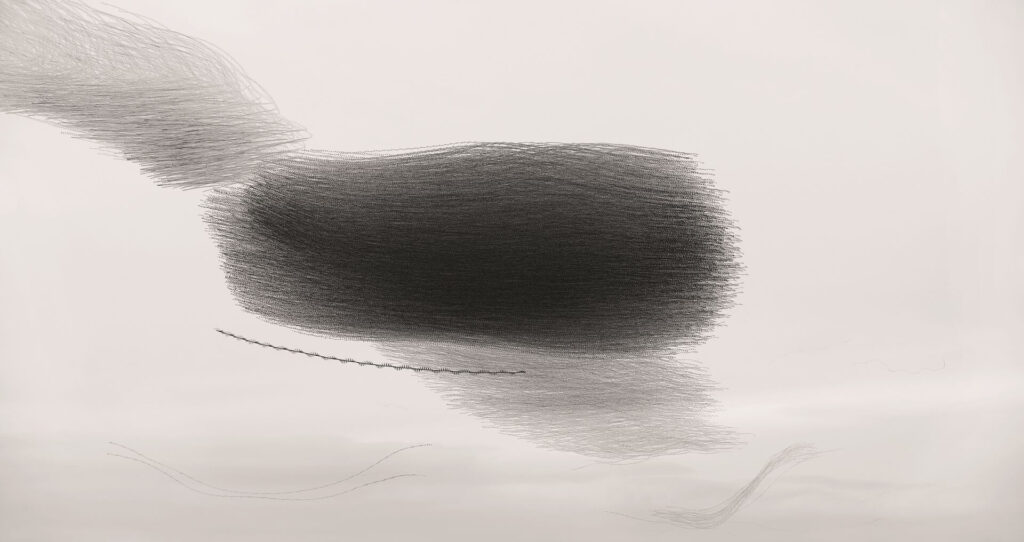
Do you have a favourite species to work with?
The species I currently enjoy most are swifts, which are my favourite birds (when they migrate, I feel the city gets emptier), and starlings. People consider them common and don’t pay them much attention, but I would encourage everyone to analyse their flight and behaviour. These birds have complex flight styles and move in flocks, which enables different social interactions like seeking protection from predators, feeding, socialising etc. All this allows me to get very interesting results, while adding a sense of challenge to my work.
My project is not a study of movement as an analysis of bird morphology. I want viewers to abandon rationality and, when the shape of the bird vanishes, to perceive life. This is the most innovative part of my project: I am exhibiting movement through photography and changing the perception of time through birds.
Usually wildlife photographers aim to show the animal, not make them disappear…
Personally, it is very important that the shape of the bird has vanished in my pictures. Viewers then face a mysterious, organic figure. Nowadays it is strange for us to be in front of an unknown shape, and the beauty of this project is that it allows a viewer’s imagination to fly! Depending on each person’s visual and personal background, the image looks like one thing or another. For example, in this image [see Ornithography #41, top of page], people have asked me if it is a digital painting or a picture of bacteria through a microscope!
I have been contacted by choreographers, mathematicians and architects specialising in biomimicry – science that studies nature’s models, designs and processes, and then imitates or takes inspiration from them to solve human problems – because they have been inspired and interested by the movement or shapes of the images.
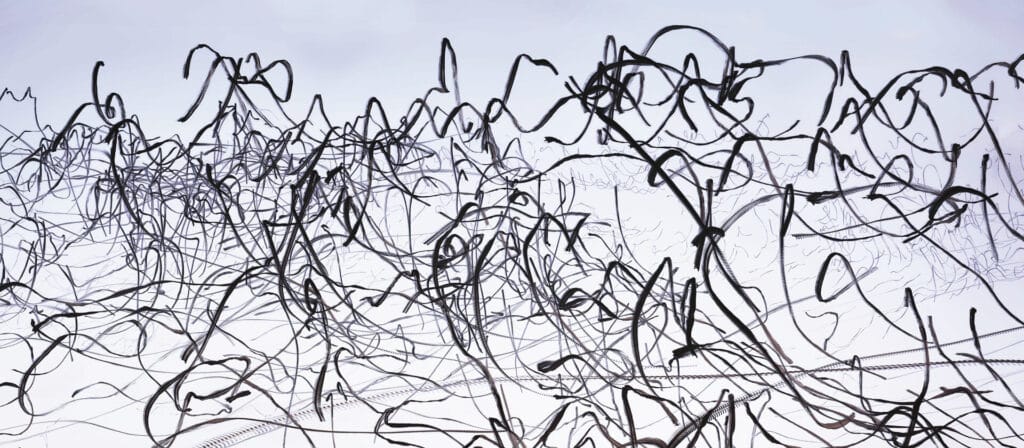
Ornithography #112: Black Kite, Tarifa, Spain © Xavi Bou
Have you had any experience with bird migration?
The migration of birds is, for me, the flight par excellence. A living being that, in order to improve its living conditions and follow its instinct, decides to fly unthinkable distances through different continents facing all kind of threats deserves all our admiration. My dream is to travel to different sites of migratory importance to be able to photograph the magic of bird migration and support bird conservation.
I once went to Tarifa, in the south of Spain, to photograph birds migrating to Africa. It was very windy and Africa could not be seen due to fog over the sea. I was amazed because I could witness how birds paused their migration, patiently waiting for the strong winds to pass. I went to a field where I saw hundreds of Black Kites waiting for the right weather conditions. Early in the morning, they would rise and fly against the wind to check the ‘weather forecast’. If you see unusual shapes in this picture [see Ornithography #112, above], the up and down movements are because they ‘suspended’ themselves in the air and, when the conditions were good, they turned around in a loop and started their migration journey.
How can people become more inspired by nature?
I would like to encourage people to appreciate common birds and, from time to time, take a break and look at the sky. Nature has the capacity to surprise and amaze us, taking us back to a curious, innocent mind-set. Birds connect people to nature, and by observing them without expectations, just for the joy of it, we can enter a state of mindfulness.
Usually, when photographers have a project, they dedicate some time to it and then jump to the next one. I am very proud of giving this one continuity as my ‘life project’. Personally, thanks to birds and nature I found my own style – I want to work on it and I still feel they will provide me with plenty more things to discover!
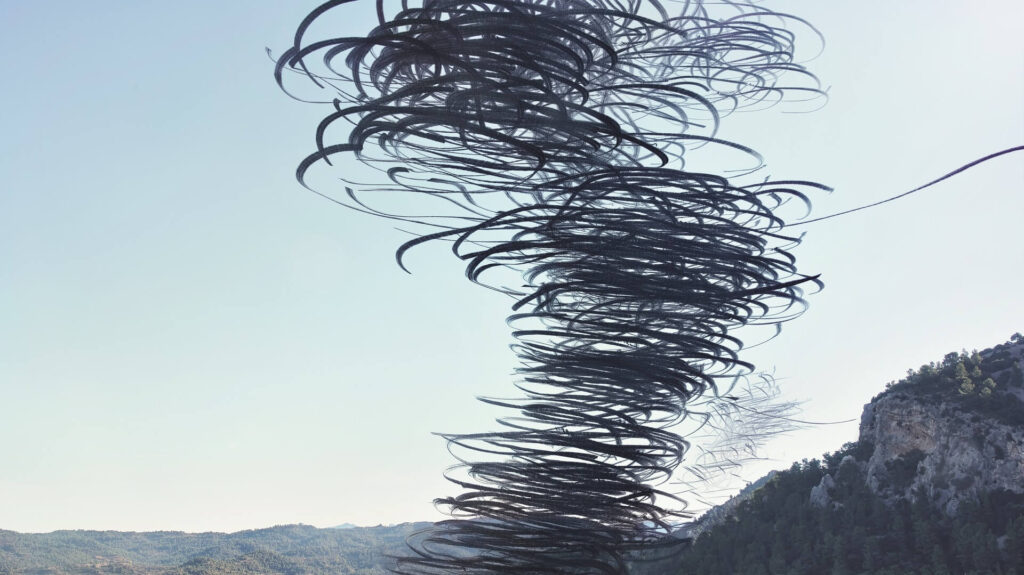
Recently, Xavi Bou has expanded his work to video, creating Murmurations, where we can witness how starlings join in flocks of thousands, performing a mesmerising dance in order to confuse the falcons attacking them, and painting the sky with their moves. Whilst Bou’s art walks hand-in-hand with science, his images no longer show reality as we know it. Instead they allow us to witness moments that represent the past, present and future all at once – that’s a powerful thought to consider at this crucial turning point in our planet’s history.
Discover more at: www.xavibou.com
Latest news
Stay up to date
Sign up to receive the latest bird conservation news. You’ll also receive updates about our projects, science and other ways to get involved including fundraising.
Thank you for your support, we are committed to protecting your personal information and privacy. For more information on how we use your data, please see our Privacy Policy. You can unsubscribe from emails at any time by using the link in the footer of any email from us.




